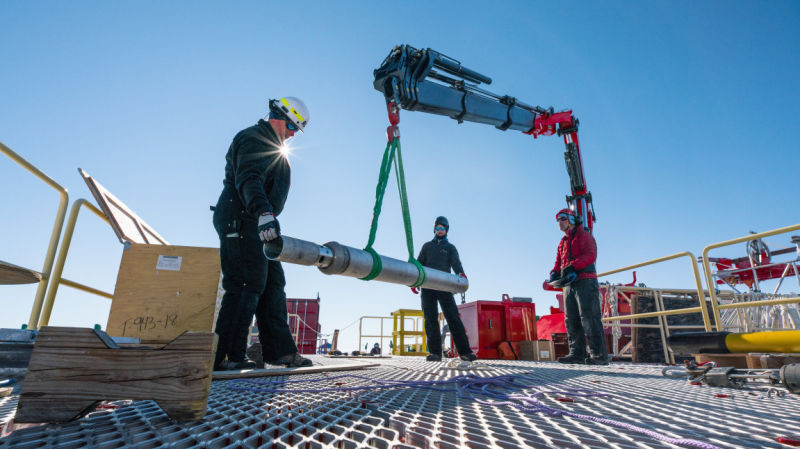Ars Technica
“New research identifies the interrelated challenges that the world’s lakes face. According to Sapna Sharma, co-author of the research and an associate professor of York University’s biology department, many of the climate change-related impacts that affect these watering holes remain relatively hidden despite these waters potentially facing an extensive collection of problems. “I hope that people get a sense of how widespread the effects of climate change on lakes are,” she told Ars. “If you just go look out at a lake, you might not know all the changes it’s experiencing.”
To study this, Sharma and colleagues at different universities around the world pored over hundreds of research papers about lakes. These papers came from across the globe, and some date back to the 1930s, she said. Sharma and her fellow researchers all have differing areas of expertise, allowing them to review and synthesize the existing literature...
The hundreds of papers painted a complex picture of lakes’ past, present, and future under a rapidly changing climate. On a purely mechanical level, a warmer planet means less ice cover. More and more, ice is taking longer to grow on lakes in the fall and winter, and it leaves sooner in the spring and summer. The heat also causes the waters to stratify sooner—meaning that the colder, heavier water will sink below the warmer, lighter water.”









